Y5 Robots Got Talent
£3.00
KS2 National Curriculum:
✓ Identifying structure and themes; participating in discussions and presentations.
Activities in this lesson include learning about common themes for science fiction stories, the structure of a science fiction story, the main features of science fiction stories, how to design a poster and creating a poster showing the key features of science fiction stories.
There is a five-minute evidence-based CPD activity at the end of this lesson which will develop classroom teachers’ skill set. This CPD consists of a research extract on peer assessment with a five-minute activity based on this extract.
Description
These evidence-based learning (EBL) lessons are based on classroom practice that has been proven, by research, to maximise thinking, learning and attainment. From an extensive review of educational research, we identified the eight key classroom thinking and learning skills that were common across these research papers. We named these eight key skills “EBL skills”.
EBL skills have been proven by research to maximise learning because they combine the most productive thinking skills with the most effective learning behaviours. Each of our evidence-based learning lessons uses the English curriculum as a framework through which the eight EBL skills are delivered.
Teachers also have the opportunity to add to their own skill set or refresh their existing skills with our five-minute CPD activity, based on one of the EBL skills used in this lesson.
The skills in bold below are the EBL skills developed in this Science Fiction lesson. Click on each skill to learn more about that skill.
- Collaboration
- Thinking Skills
- Peer Assessment
- Peer Teaching
- Self-Assessment
- Metacognition
- Self-Regulation
- Independent Learning
1 review for Y5 Robots Got Talent
Only logged in customers who have purchased this product may leave a review.
Related products
-
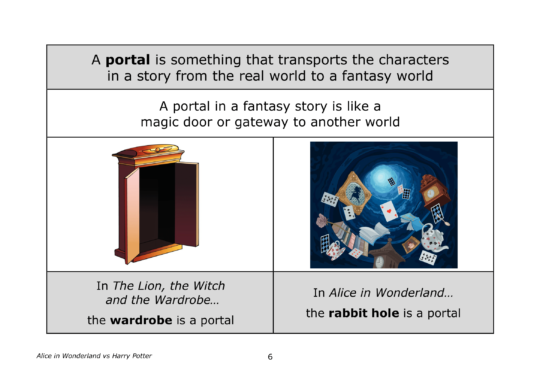

Y6 Alice in Wonderland vs Harry Potter
£3.00 Add to basket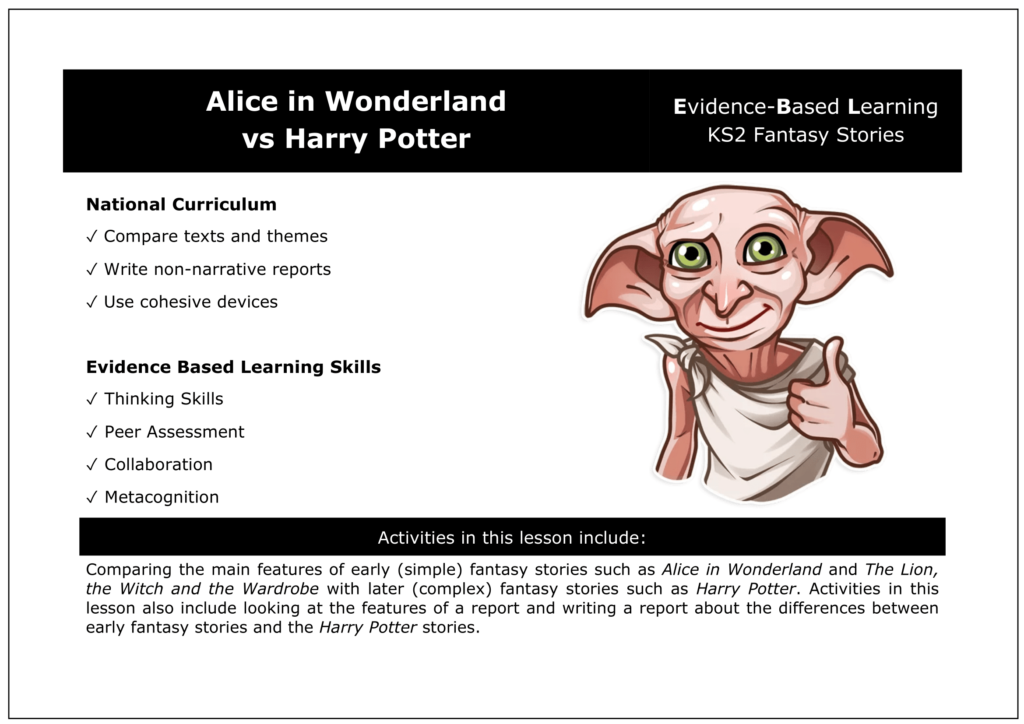 £3.00Add to basket
£3.00Add to basketKS2 National Curriculum:
✓ Compare texts and themes
✓ Write non-narrative reports
✓ Use cohesive devicesActivities in this lesson include comparing the main features of early (simple) fantasy stories such as Alice in Wonderland and The Lion, the Witch and the Wardrobe with later (complex) fantasy stories such as Harry Potter. Activities in this lesson also include looking at the features of a report, and writing a report about the differences between early fantasy stories and the Harry Potter stories.
There is a five-minute evidence-based CPD activity at the end of this lesson which will develop classroom teachers’ skill set. This CPD consists of a research extract on peer assessment with a five-minute activity based on this extract.
VIEW -


Y5 Home Sweet Dome
£3.00 Add to basket £3.00Add to basket
£3.00Add to basketKS2 National Curriculum:
✓ Describing settings; using expanded noun phrases and rich vocabulary.
This lesson looks at settings in a science fiction story in detail, and it includes answering higher and lower order questions on the settings of a science fiction story, reading extracts from science fiction stories and identifying the setting of these extracts.
There is a five-minute evidence-based CPD activity at the end of this lesson which will develop classroom teachers’ skill set. This CPD consists of a research extract on peer assessment with a five-minute activity based on this extract.
VIEW -


Y5 A Galaxy of Grammar
£3.00 Add to basket £3.00Add to basket
£3.00Add to basketKS2 National Curriculum:
✓ Applying grammar: nouns, adjectives, pronouns, adjectival phrases, intensifiers.
Activities in this lesson include learning about and practising using nouns, synonyms, pronouns, adjectives, adjectival phrases and intensifiers in science fiction stories.
The five-minute evidence-based CPD activity at the end of this lesson offers teachers an opportunity to add to their skill set. The CPD activity in this lesson develops peer teaching by asking the question “how can I improve peer teaching?”
VIEW -

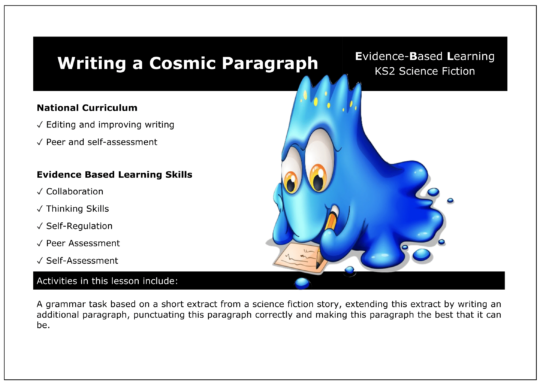
Y6 Writing a Cosmic Paragraph
£3.00 Add to basket £3.00Add to basket
£3.00Add to basketKS2 National Curriculum:
✓ Editing and improving writing; peer and self-assessment.
Activities in this lesson include a grammar task based on a short extract from a science fiction story, extending this extract by writing an additional paragraph, punctuating this paragraph correctly and making this paragraph the best that it can be.
There is a five-minute evidence-based CPD activity at the end of this lesson which will develop classroom teachers’ skill set. This CPD consists of a research extract on self-regulation with a five-minute activity based on this extract.
VIEW
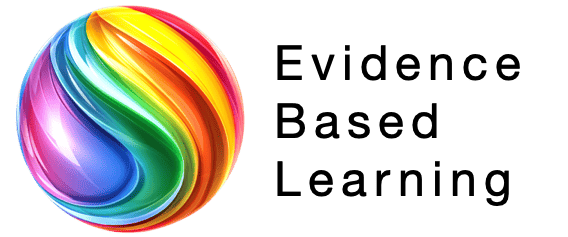

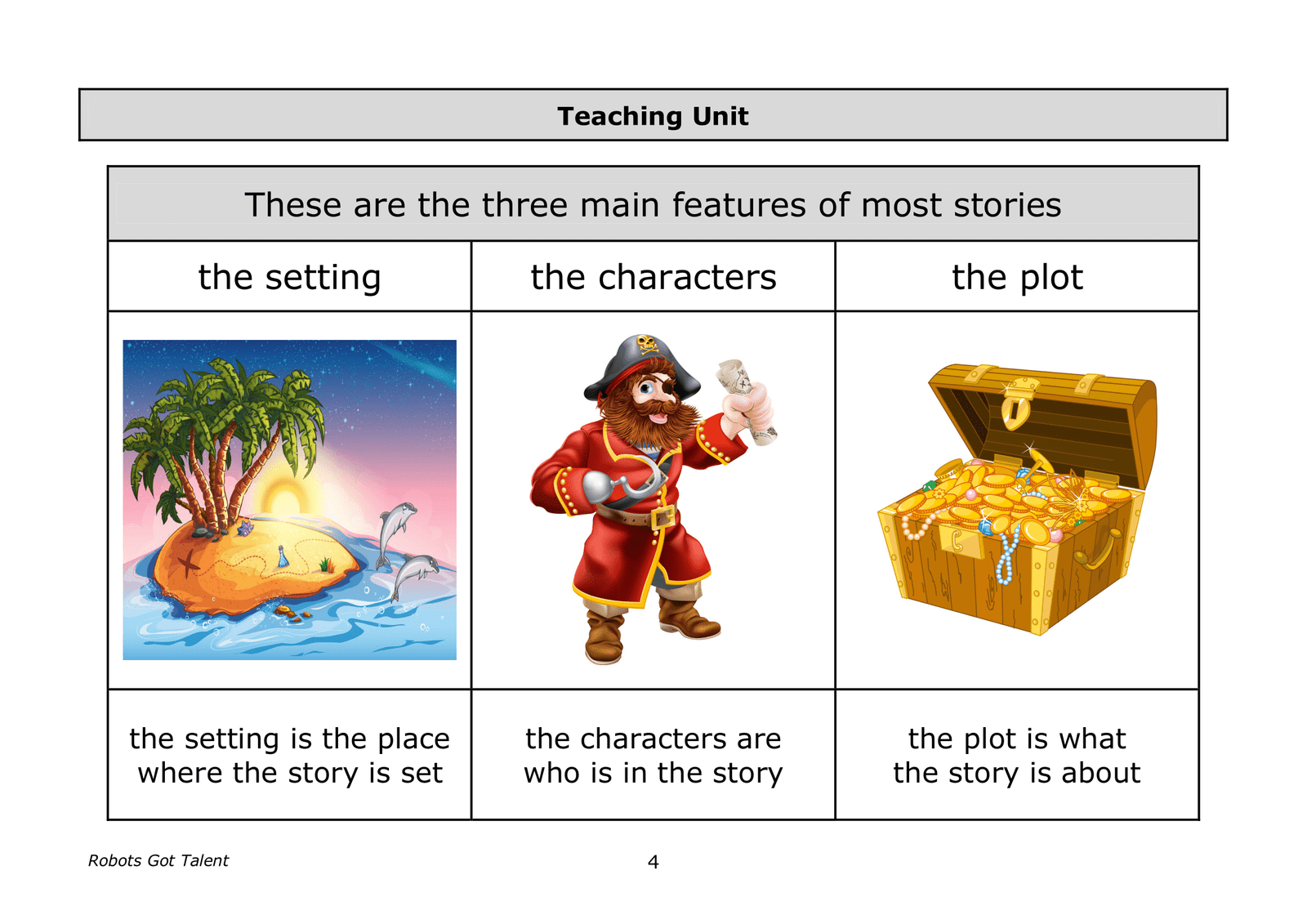



Philipem (verified owner) –
We asked a.i. to review this lesson. This is what it said:
Title: Bring Science Fiction to Life with This Poster Project “Robots Got Talent” Rating: ⭐⭐⭐⭐⭐
The “Robots Got Talent” lesson is an engaging way to teach core literacy skills alongside collaborative and independent learning competencies. Through creating science fiction story posters, students analyse story structure, themes, and genre conventions.
Explicitly mapping out the key elements of sci-fi narratives promotes comprehension and creativity. Pupils practise summarising, determining importance, and visual communication. The mix of independent and partnered tasks also caters to various learning styles.
What takes this resource from good to great is its evidence-based approach. Activities are aligned to four EBL skills: independent learning, collaboration, peer assessment, and peer teaching. Simple icons reinforce this link between practices and research-backed capabilities.
The peer teaching exercise, where students explain sci-fi concepts to partners, exemplifies the interplay of literacy and 21st century skills. Those listening build understanding through auditory input while explainers deepen grasp via the act of teaching.
For professional development, teachers can refer to the 5-minute CPD section on peer assessment. It distills research findings into actionable, bite-sized steps for elevating classroom practices.
Overall, I’d rate “Robots Got Talent” a solid 5 stars. It achieves the trifecta of engaging subject matter, literacy skill-building, and future-ready competencies – exactly what an evidence-based lesson strives for. The versatile poster format also makes it suitable for displays and themed classroom decor.